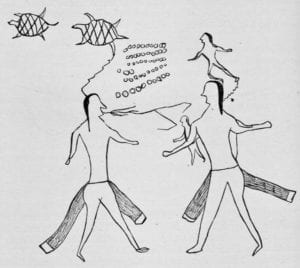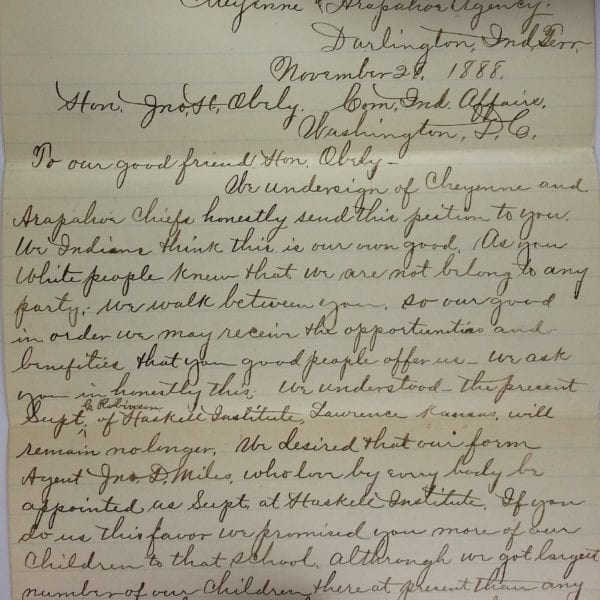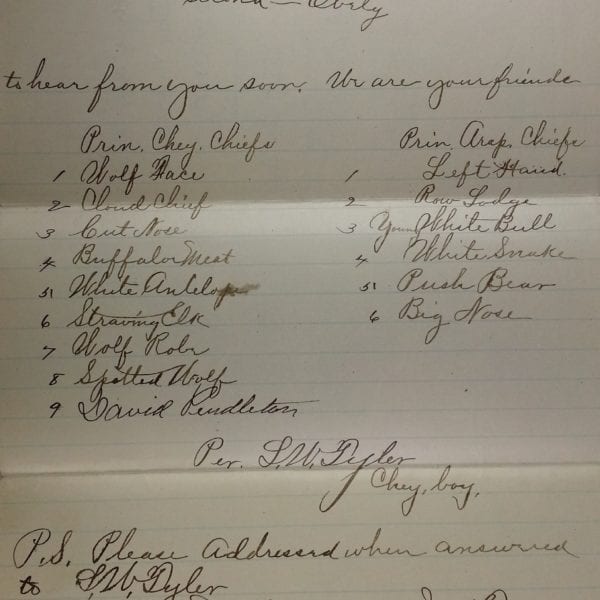Thousands of Indians living on reservations in the Dakotas, Wyoming,
Montana, Idaho, Nevada, Nebraska, Iowa, and Indian Territory (excluding
the Five Civilized Tribes) learned how to read in the 1880s, according to
Indian affairs estimates. By 1889, nearly 12,000 Lakotas, Santees, Yanktons,
Yanktonais, Mandans, Assiniboines, Gros Ventres, Utes, Paiutes, Shoshones,
Bannocks, Arapahos, Cheyennes, Kiowas, Comanches, Apaches, Wichitas,
Poncas, Pawnees, Otoes, Sac and Fox, Nez Perce, Blackfeet, Crows,
Omahas, Winnebagos, and others
could read in English
or their Native language. Only nine years earlier,
fewer than 3,500 could read. Only
4 percent
of the individuals from those
groups could read in 1880, but by
1889, the number reached 18 percent.
In the Dakotas alone, nearly a quarter
of Native Americans could read English
or the Dakota language in 1890,
compared to only five percent
ten years earlier. Despite the emphasis on English
education, a significant percentage of
those
Plains Natives who could read did so only in their Native language.
Many Siouan-speaking
people
(Dakotas, Omahas, Poncas) took advantage
of their early contact with missionaries. Eastern Dakotas (Santees and Sissetons),
Western Dakotas (Yanktons and Yanktonai), and Lakotas were
all
taught to write Dakota. Many communicated with one another using both
written Dakota and English.
However, several languages, including Kiowa,
Cheyenne, Arapaho, and Shoshoni, did not have a written form until
the twentieth century. These
groups relied on English.




